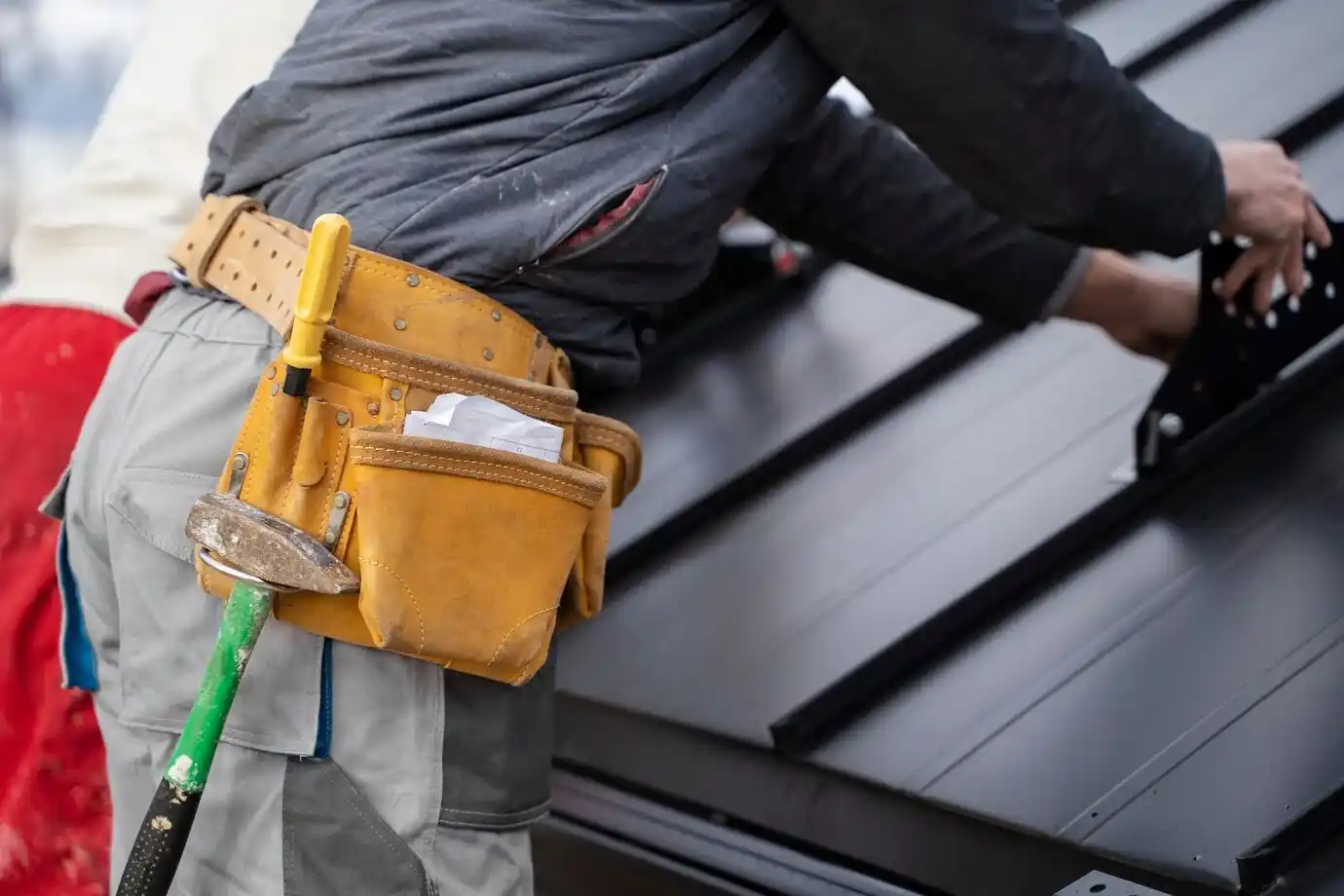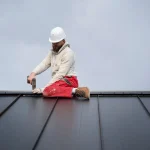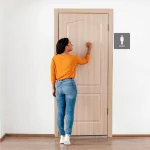Owning a home is a significant milestone, but it comes with responsibilities, one of the most crucial being the maintenance of your roof. Your roof shields you from the elements, keeps you warm, and safeguards your possessions. However, roofs don’t last forever. Recognizing the signs that your roof needs replacement can save you from extensive damage and hefty repair costs. Here’s a guide to help you identify when it’s time to replace your roof, filled with expert insights and practical tips.
Understanding the Importance of Your Roof
Before diving into the signs, it’s important to understand why maintaining your roof is crucial. David McElroy, an Owens Corning Roofing Shingle Specialist, explains, “Your roof is the first line of defense against the elements. By recognizing the warning signs that your roof needs attention, you can prevent costly repairs down the road.” This statement emphasizes the preventive nature of roof maintenance.
My First Home Experience
When I bought my first home, I was so excited about decorating and making it my own that I neglected to pay much attention to the roof. It wasn’t until a severe storm hit that I realized the importance of a solid, well-maintained roof. Water started leaking through my ceiling, damaging my furniture and belongings. The repair costs were astronomical, and I learned the hard way that regular roof maintenance is essential.
Signs You Need a Roof Replacement
1. Age of the Roof
One of the primary indicators of a roof needing replacement is its age. Most asphalt shingle roofs last between 20 to 25 years. If your roof is approaching or has exceeded this age, it might be time for a replacement. According to the Asphalt Roofing Manufacturers Association (ARMA), factors like climate and shingle type can impact roof longevity, so it’s essential to consider these when assessing your roof’s age.
2. Curling or Missing Shingles
Curling or missing shingles are clear signs of roof damage. Curling shingles indicate that they are no longer effective at protecting your home from the elements. John Owens, a spokesperson for the National Roofing Contractors Association (NRCA), states, “A properly maintained roof can last for decades. However, certain signs indicate your roof is nearing the end of its lifespan and may need to be replaced. Early detection is key to preventing costly water damage and ensuring the safety of your home.”
3. Granules in the Gutters
Asphalt shingles shed granules as they age. If you notice a significant amount of granules in your gutters, it could mean that your shingles are deteriorating. These granules protect your shingles from the sun’s harmful UV rays, and losing them accelerates the aging process of your roof.
4. Sagging Roof
A sagging roof is a serious issue that requires immediate attention. It can indicate structural damage, such as a weakened deck or supports. If you notice any sagging, contact a roofing professional right away to assess the situation.
5. Light Coming Through the Roof
If you can see sunlight coming through your roof boards in the attic, it’s a sign that your roof has holes or cracks. This means that water can also enter your home, leading to potential water damage and mold growth.
6. Water Damage or Leaks
Water stains on your ceiling or walls are signs of a leaking roof. Bob Vila, a renowned home improvement expert, advises, “Ignoring a roof problem is like ignoring a leaky faucet – it’s only going to get worse and more expensive over time. Be proactive with your roof’s maintenance, and you’ll save yourself a lot of headaches (and money) in the long run.”
7. Mold and Mildew Growth
Mold and mildew growth on your roof or in your attic is a clear sign of moisture problems. This can result from leaks or poor ventilation. Addressing mold and mildew promptly is essential to prevent health issues and further damage to your home.
Expert Insights and Studies
Maintaining a roof involves more than just visual inspections. Understanding the research and expert advice available can provide valuable insights.
Performance and Maintenance Studies
A study by the National Institute of Standards and Technology (NIST) explores the impact of roof deterioration on a home’s energy efficiency. Deteriorated roofs can lead to higher energy costs, making timely roof replacement financially beneficial in the long run.
The Insurance Institute for Business & Home Safety (IBHS) focuses on roof damage from natural elements like wind and hail. Their research highlights the importance of a well-maintained roof in protecting your property from severe weather conditions.
Replacement Guidelines
The Federal Housing Finance Agency (FHFA) guides appraisers on evaluating homes, emphasizing the significance of roof condition in determining a home’s value. Maintaining or replacing your roof can positively impact your property’s market value.
Personal Anecdote: My Second Home
When I moved into my second home, I was determined not to repeat the mistakes of the past. The first thing I did was schedule a roof inspection. The inspector found a few curling shingles and some minor leaks. Although it wasn’t an emergency, I decided to replace the roof before it could cause any serious damage. The peace of mind I gained from knowing my home was protected was invaluable.
Practical Steps for Roof Replacement
1. Schedule Regular Inspections
Regular roof inspections, ideally twice a year, can help identify problems early. Professional inspections are thorough and can spot issues that might be missed during a DIY check.
2. Hire a Reputable Roofing Contractor
Hiring a reputable roofing contractor ensures that your roof is replaced correctly. Platforms like Angie’s List offer reviews and ratings of local contractors, helping you choose a reliable professional.
3. Choose the Right Materials
Selecting the right roofing materials is crucial for longevity and durability. Asphalt shingles are popular for their affordability and lifespan, but materials like metal, slate, or tile might be more suitable depending on your climate and budget.
4. Consider Ventilation and Insulation
Proper ventilation and insulation in your attic can extend your roof’s life. It prevents moisture buildup and maintains a consistent temperature, reducing the risk of damage.
5. Budget for Replacement
Roof replacement is a significant investment, so it’s important to budget accordingly. Getting multiple quotes from different contractors can help you find the best deal without compromising on quality.
Conclusion
Recognizing the signs that your roof needs replacement can save you from extensive damage and high repair costs. By understanding the importance of roof maintenance, knowing the warning signs, and taking proactive steps, you can protect your home and your investment.
John Owens from the NRCA summarizes it well: “Early detection is key to preventing costly water damage and ensuring the safety of your home.” Taking care of your roof ensures that you and your family stay dry and secure, no matter what weather comes your way.
Remember, a well-maintained roof means peace of mind, financial savings, and a safe, comfortable home. Don’t wait until you’re soaked – take action today to ensure your roof is in top condition.
Cluster Pages









